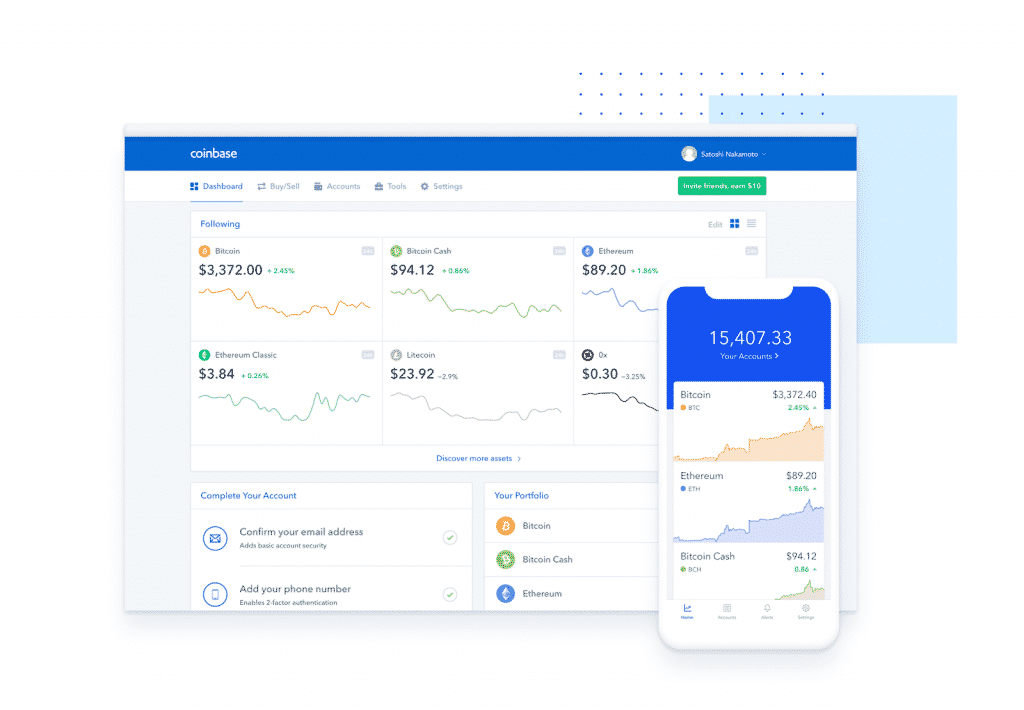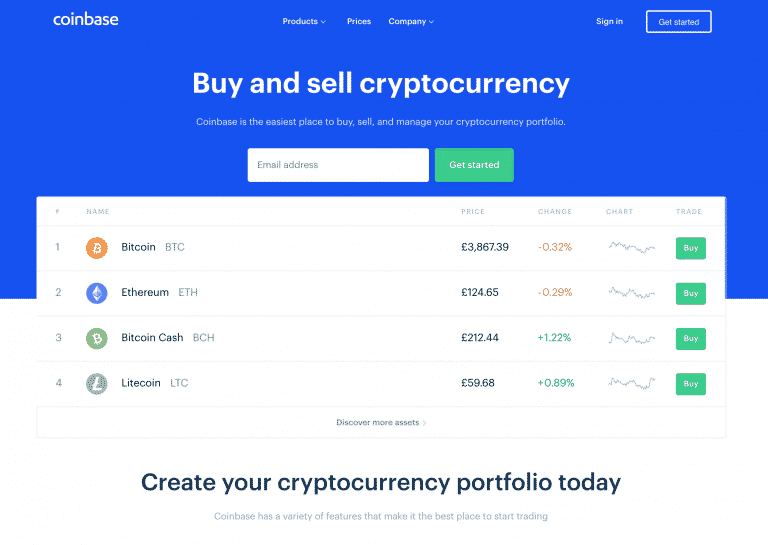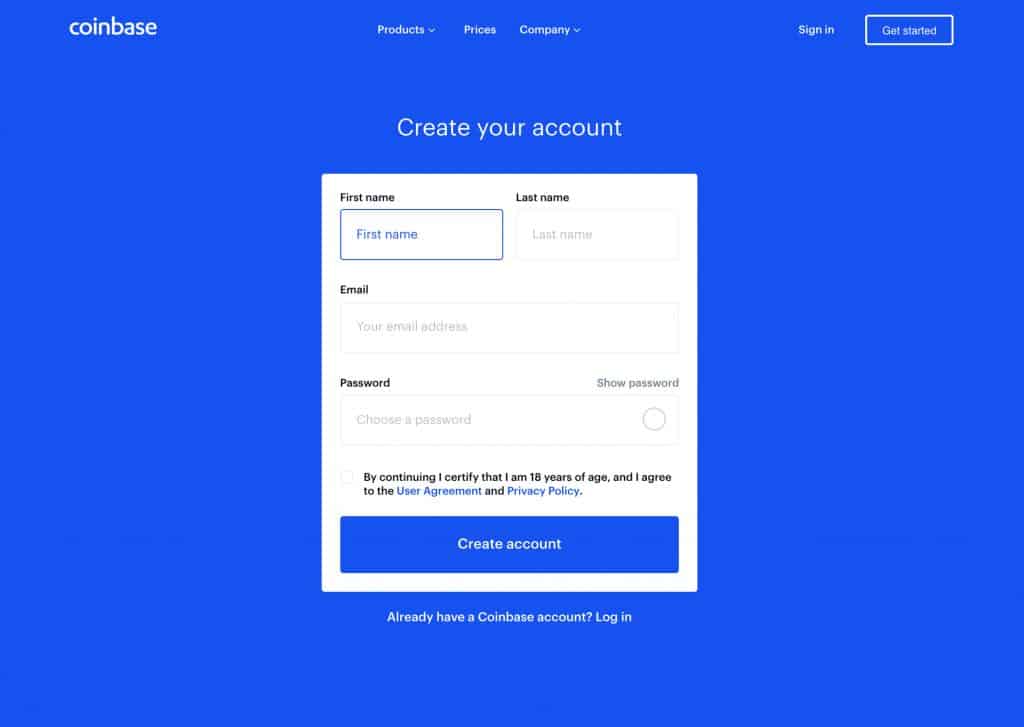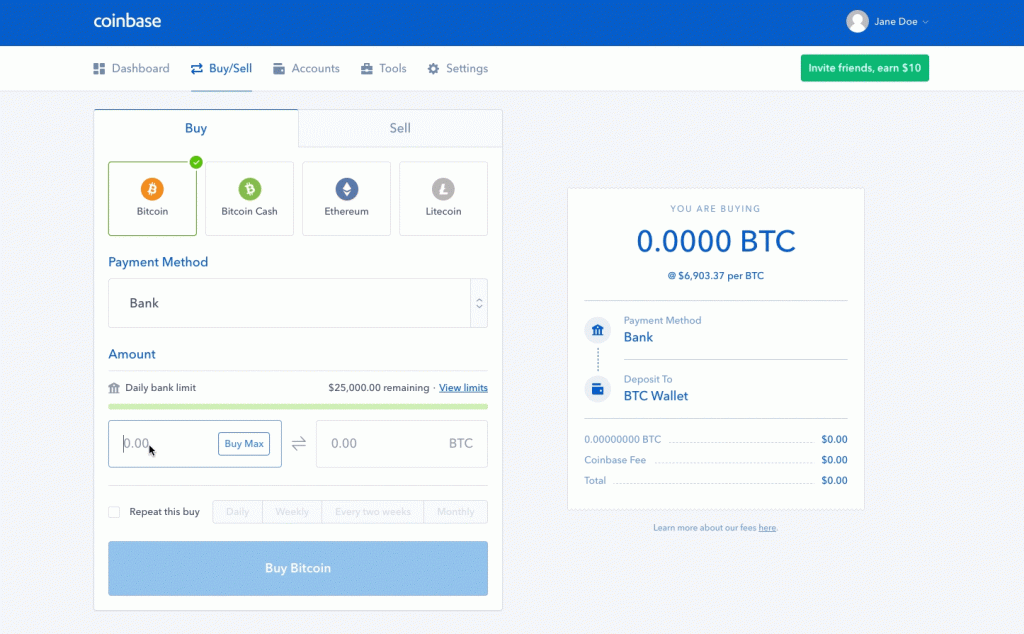What is an initial public offering (IPO)?
An initial public offering (IPO) is one of the most popular terms when it comes to trading and investing in the stock market. In this guide, you will get to know everything about an IPO, how they work and how to participate in them.
Share:
What is an initial public offering (IPO)?
Before an IPO, a company is considered private. A private company’s growth has occurred with a fairly small number of shareholders. This is likely to include early investors such as the founders, friends, family and any professional investors like angel investors or venture capitalists. Angel investors are individuals of a high net worth who provides financial help for small businesses or entrepreneurs in the start-up process in taking their first steps. Venture capitalists are investors who provide capital to businesses with high growth potential for success in exchange for an equity stake.
In order for a business to become a public company, the company must reach a stage in its growth process where it is able to get the necessary approvals and meet the listing requirements for going public. This will typically occur when a company has reached a private valuation of $1 billion, however, it is known for private companies with strong fundaments and proven profitability potential to qualify for an IPO. With the required approvals a company can then offer some of its shares for sale to the general public where once completed the company’s shares are openly traded on a stock exchange.
Initial public offering creates an immense opportunity for a company to raise more funds from the market both through debt as well as equity. This allows greater ability for growth and expansion. Favourably as a public company needs to meet strict reporting requirements there is increased transparency and share listing credibility in the sense that the market is completely aware of the company’s performance. Such a factor helps when seeking borrowed funds as lenders trust these companies
Largest initial public offerings
We have compiled a detailed list of the 6 largest IPOs in the world:
- Alibaba Group Holding Limited ($25 Billion): In 2014 the Alibaba group, a diversified online e-commerce company based in China choose the New York Stock Exchange as oppose to the Hong Kong Stock Exchange to go public and sell shares. This brought their total IPO to $25 Billion making it the biggest in the world.
- Agricultural Bank of China Ltd ($22.1 Billion): The Agricultural Bank of China also referred to AgBank is the second-largest recorded IPO around the world. The AgBank went public in 2010.
- General Motors ($20.1 Billion): This is the name behind one of the USA’s largest IPO’s which debuted 2010 after bankruptcy a year earlier. General Motors owns Chevrolet, GCM, Buick and Cadillac.
- Visa ($19.7 Billion): Visa is a debit and credit card company which set a record in 2008 by raising $19.7 Billion when they entered the public market. Many investors liked the fact that Visa didn’t directly carry customer debt at the time of rising defaults.
- Enel SpA ($17.4 Billion): This Italian electric company went public in 1999 after raising $17.4 billion. The Italian company competes in the gas and electric market in Europe and America and works in 34 countries accumulating 72 million end users around the world.
- Facebook ($16.1 Billion): Facebook was one of the most hyped IPO’s in history. Traded in the NASDAQ it was listed in 2012 and raised just over $16 billion. The social media company’s launch came with trading issues and questionable information sharing breaches. However as of June 2018 Facebook has an average of 1.47 billion active daily users.
Steps to an IPO
When a company is interested in an IPO they first need to secure the services of an underwriter. Essentially an underwriter commits to sell a particular fraction of a company’s stock in line of a certain fee. The underwriter chosen by the company will lead the IPO process, participating in every aspect from due diligence, document preparation, marketing, filing and issuance. The company can choose one or several underwriters to manage different sections of the IPO process collectively however typically investment banks provide underwriting services.
Once an underwriter is chosen a formal underwriting agreement is made and IPO teams are formed consisting of underwriters, lawyers, certified public accountants and the Securities and Exchange Commission experts.
Information about the company is required for IPO documentation. The S-1 registration statement is the main IPO document which consists of two parts- information about the date of filing and the prospectus. This is known as a red herring prospectus which is a document that provides essential information about the company such as its business, the management, revenue and income over the last few years, important shareholders and so forth. The information giving in the prospectus can be subject to change as there is continuous revision throughout the process.
After the release of the red herring prospectus, a company would typically release its final version. Final information about the company is enclosed and underwriters and executives market the share issuance to calculate demand and establish a final offering price along with the period in which the public can apply for the shares. However, throughout the marketing process underwrites can make revisions to their financial analysis as they see fit through changing the IPO price or issuance date.
Companies must take precaution in meeting the specific public share offering requirements and adhere to both listing requirements and the Securities and Exchange Commission (SEC) requirements for public companies. The company can then issue its shares on an IPO date which concludes the typical process for an IPO.
IPO Advantages and Disadvantages
Advantages:
- IPO’s provide companies with a huge financial opportunity to raise large amounts of capital. This can help towards funding research and developing or even used to pay off existing debts.
- IPO’s promotes growth in public awareness which can subsequently lead to an increase in market share for the company through their products being known to new groups of customers.
- Listing shares in the exchange increases company’s credibility in banking and money market which enables them to obtain loans cheaper and easier.
- Shares offered to the public can be bought and sold in a transparent manner at prices determined by the markets supply and demand. Liquidity is provided to the shares and an important opportunity is presented to existing shareholders.
- Being in the stock exchange market can promote global recognition through global press, data broadcasting and other visual broadcasting information.
Disadvantages:
- Companies are required to disclose sensitive information about financial, tax, accounting and other factors previously discussed which reveals secrets and business strategies. This gives competitors an advantage.
- Conducting an IPO is expensive and the cost of running a public company is ongoing and typically is unrelated to other costs of running the business.
- Management for reporting requires an increase in time, effort and attention.
- There’s the risk that required funding may not be raised if the market does not accept the IPO price.
- There is a growing risk of legal issues such as private securities class lawsuits and shareholder actions.
- There is a sense of loss of control and stronger agency issues due to new shareholders who have voting rights and have the power to control company decisions via the board of directors.
Investing in IPO’s
A company deciding to go public stems from careful consideration and high belief that an IPO will maximise the returns of early investors and raise the most capital for the business. With that being said, when an IPO decision is reached the potential for future growth is high with many public investors interested to get their hands on some shares for the first time. IPO’s are typically discounted to generate sales and ensure success on the IPO day. The IPO prices are based on the valuation of the company using strategic techniques. The most common technique adopted is the discounted cash flow which is used to estimate the value of an investment based on its future cash flow. Interested investors and underwriters analyse this value on a per-share basis. The prospectus provides a lot of useful information and should be available as soon as a company files for its S-1 registration. This should be the main source of information to analyse the fundaments and technical’s of a company’s IPO issuance. Investors should pay special attention to the quality of underwriters as well as a company’s management team and commentary. Most successful IPO’s are supported by large investment banks.
It is important to understand that there is a difference in the IPO offering price and the price you actually pay for your stock. Usually, the offering price is announced ahead of the IPO and a fixed price is allocated to a limited group of investors who meet certain eligibility requirements and the company’s employees. Orders are filled before the opening bells ring on IPO day and to entice investors the IPO price is lower than what the company believes shares will sell for in the open market. Investors in the public don’t become involved until the final offering day. This means that the price you pay will hugely reflect the demand for the stock the day it debuts and could differ dramatically from the offering price and the opening day hype only increases to the price volatility.
IPO’s Volatility
After an IPO there is usually a lock-up period which prevents insiders from trading stock immediately after the IPO. The lock period is essential to ensure that early investors such as CEO’s or venture capitalists are able to sell their shares which could also equally cause other shareholders to lose confidence in the company. Once the lock-up period is over which could range from 3-24months, shareholders are free to trade the company’s shares as they please. The enthusiasm and attention that the stock receives immediately after the IPO can cause wild volatility as early investors start selling their shares to take profits. Short-term fluctuations should not be disregarded as volatility can be used to find good buying opportunities for stocks that would like to be owned for the long term.
The monthly volatility of IPO initial returns is significant and fluctuates dramatically over time. Initial public offerings are underpriced on average where the secondary market trading price of the stock is much higher than on average than the IPO price.
IPO Trading Styles
IPO Long-term
The IPO opening day is recognised for having volatile returns which can attract investors looking to benefit from the discounts involved. On a long –term scale the IPO price will steadily settle into a value which can be followed by traditional stock price moving averages. The type of company going public and their future prospects should be the determining factor of whether to buy for the long-term. Getting a stock on the first day it goes public and being able to buy into the IPO price could be an investment of a lifetime, it just all depends on the stock. Imagine those who invested in Microsoft, apple or Google when they first went public and held onto their shares. Investors who are interested in the IPO opportunity but are apprehensive about taking the individual stock risk may look into managed funds focused on IPO index funds.
IPO Short-term “Flipping”
Buying an IPO for the short-term makes sense if you’re interested in quick profits. Many investors consider this to be flipping which is a practice that is generally discouraged. However, on the flip side expert analysts and stock market researchers have observed that IPO returns on listing day tend to be higher than 1-3 years returns in most cases. This approach requires an investor to sell an IPO stock in the first few days to a week and is common when the stock is discounted and soars on its first day of trading due to the hype and attention. The flipper generally relies on the short-term volatility of the IPO in the hope of making a quick profit. As mentioned before it is important to invest where the long term prospectus of a company looks good. There are however opportunities where flipping your shares could be the most profitable move. This is advisable when the stock gains are ranging between 70-80% in the pre-market session. With such a high return it is best to exit as historically the IPO may not reach that height for a couple of years.
Five tips to investing in an IPO
-
Do your research on the company you plan to invest in
Finding information on companies planning to go public can be difficult because although most companies do try to disclose all information regarding the business in the prospectus, it is still written by them and not by an unbiased third party so cracks in the corporate may be downplayed. It is advised to search online for the company you are planning to invest in and its competitors, past press releases, finances and its overall industry health. Even though information can be limited, researching as much as you can is a crucial step in making a wise investment. You may even discover through research that not acting on that investment opportunity is in your best interests.
-
Pick a company with a strong broker
It’s best to select a company that has a strong underwriter. In general quality, brokerages bring good quality companies when going public. It is important to move cautiously when selecting smaller brokerages as they may be willing to underwrite any company.
-
Read the prospectus
Although it is good to do your own research on the company you plan to invest in, always ensure that you read the prospectus as it lays out the company’s opportunities and risks along with the purposes of the money raised from the IPO whether that’s to repay loans, expand or conduct research find out what the money will be used for and how the company plans to generate revenues to increase the value of shares you are buying. In addition, keep a lookout for an overly optimistic future earnings outlook when reading a prospectus as those eager for market success in the past has made mistakes from over-promising and under-delivering. Always read the accounting figures carefully and thoroughly.
-
Wait for the lock-up period to end
Waiting until the lock-up period is over where insiders are free to sell their shares is not a bad approach to take. One way to look at things is if insiders decide to hold stock after the lock-up period then it could be a signal that the company has a bright and sustainable future. It’s best to wait out and let the market run its course. A good company will still be a worthwhile investment regardless of if the lock-up period expires.
-
Be weary
When approaching IPO’s it is important to be cautious as there is a lot of scepticism around the approach mostly due to the lack of information available. A broker approaching you with a recommended IPO is not the ideal opportunity to take a jump at as this can be an indication that most institutions and money managers have politely refused the underwriters attempt to sell the stock. In a situation like this investors are likely to be getting a stock that wasn’t wanted. It is very much unlikely for a company going public which is deemed to be a worthwhile investment to have shares available. Unless you are a favoured investor, chances are you won’t be able to get in.
Conclusion
To conclude, when investing in IPO’s it is important to move cautiously simply for the fact that not all IPO’s guarantee returns. Although some investors who have brought stock have made good financial gains from the investment and have been rewarded from the company, in turn, it is difficult to find investments with the most potential in growing into success. With that being said when it comes to the IPO market, being a cynical and informed investor who moves cautiously will work more in your favour than someone who is not.
For more insight in understanding the financial markets, investing and trading strategies, register for our FREE online trading academy.
Share:



